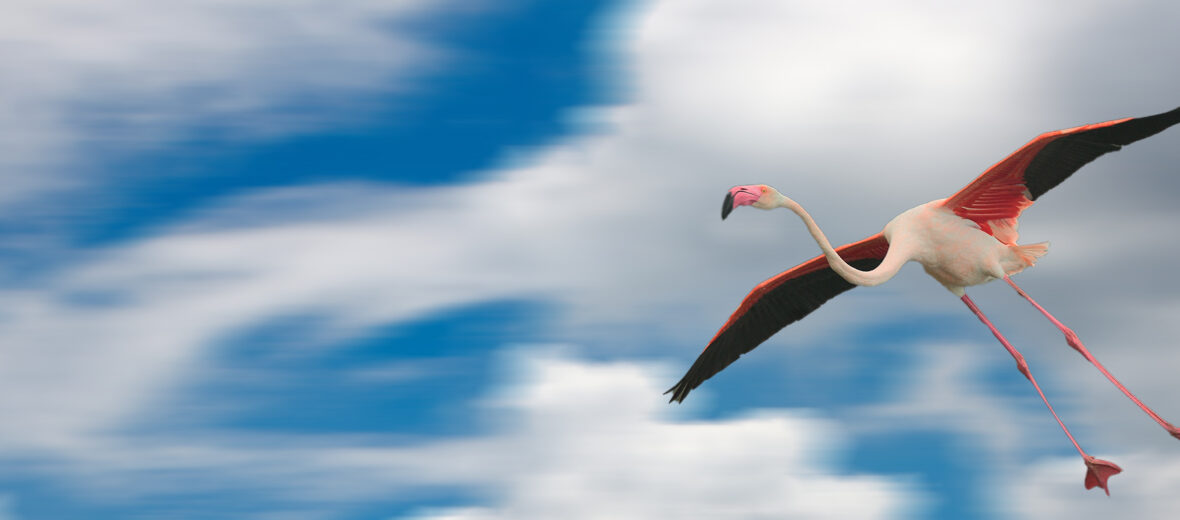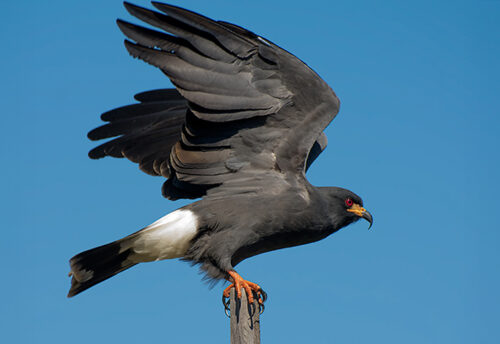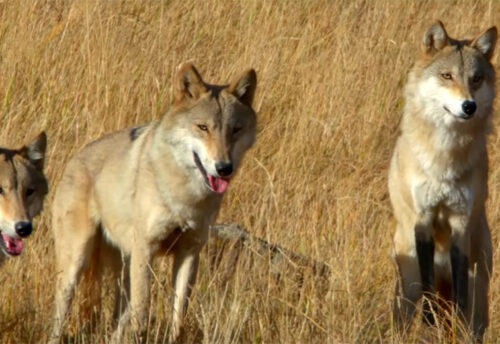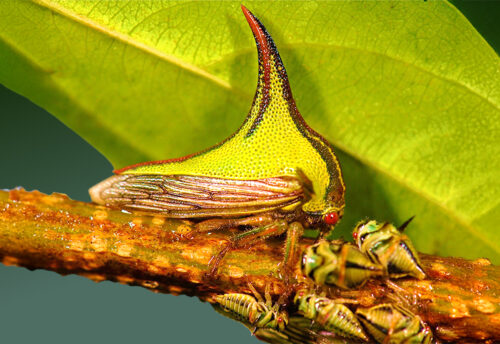
The greater flamingo, aka rosy flamingo or pink flamingo, is the largest and farthest reaching of the flamingo species. These birds are distributed through Africa, southern Europe, the Middle East, and India. They prefer shallow salt pans, saline lakes, saline lagoons, large alkaline lakes, and estuaries. Even though they face the threats of reproductive disturbances at the hands of human recreational activities; climate change, which results in droughts that lower water levels – causing hyper-saline water (which can kill off their food source); water pollution; lead poisoning (from lead buckshot); habitat destruction at the hands of soda-ash mining; hunting; and trapping, they are still listed as Least Concern by the IUCN. Their populations are actually increasing.
First the Stats…
Scientific name: Phoenicopterus roseus
Weight: Up to 8.8 lbs.
Length: Up to 59 inches
Wingspan: Up to 65 inches
Lifespan: Up to 60 years
Now on to the Facts!
1.) These flamingos were first described by Peter Simon Pallas in 1811.
2.) At 1 time the greater and American flamingo were thought to be the same species. However, due to differences in coloration on the head, neck, body, and also the bill they are divided into 2 distinct species.
3.) They are extremely social with one another and can be seen congregating into large colonies numbering into the thousands.
4.) Greater flamingos are constantly on the move, looking for new food sources.
5.) The greater flamingos communicate visually and via auditory (vocal) means.
But wait, there’s more on the greater flamingo!
6.) These birds are diurnal (active during the day).
7.) Bathing and feeding always takes place in shallow water.
Did you know…?
Their top flight speed is 36.66 mph.
8.) Preening is a constant task and is done to remove salt from their feathers.
9.) a group of flamingos is called a flamboyance, stand, colony, or regiment.
10.) Crustaceans, crabs, mollusks, worms, insects, small fish, grass seeds, plant shoots, decaying leaves, algae, and even mud are all on the menu. They will consume the mud in order to sift through it looking for organic matter.
Now a Short Greater Flamingo Video!
Be sure to share & comment below! Also, check out the Critter Science YouTube channel. Videos added regularly!
Want to suggest a critter for me to write about? Let me know here.
Some source material acquired from:



